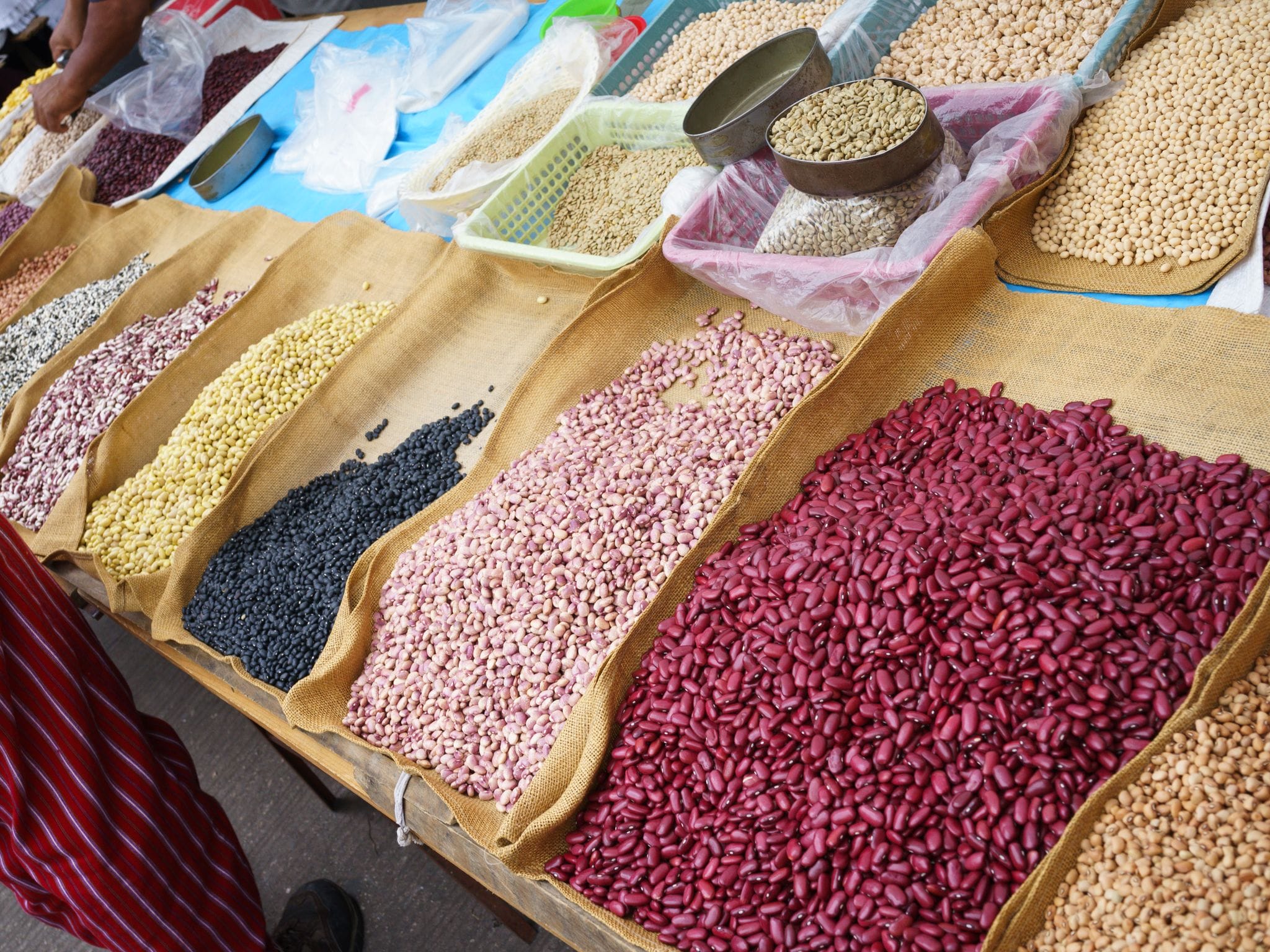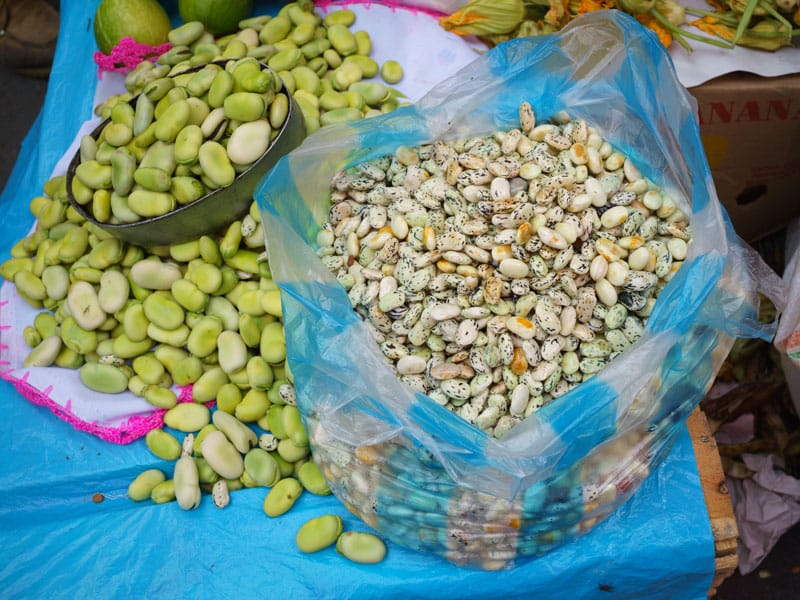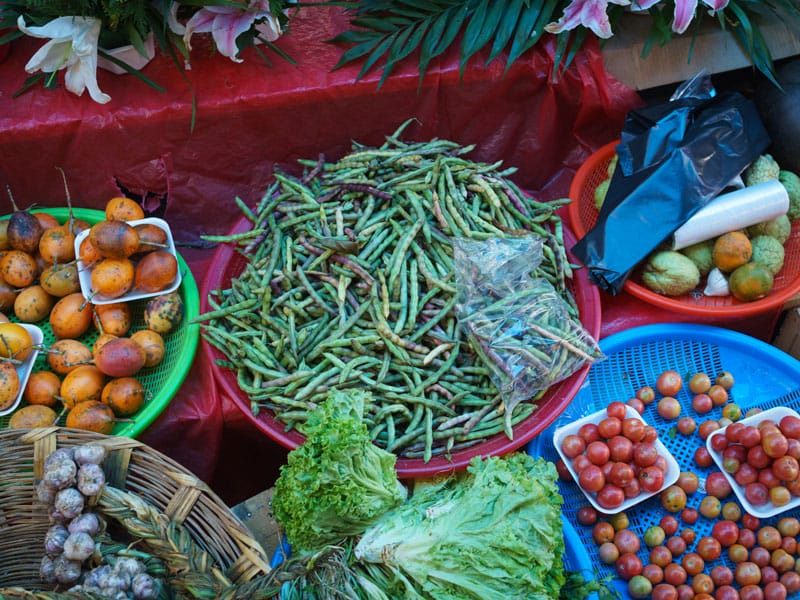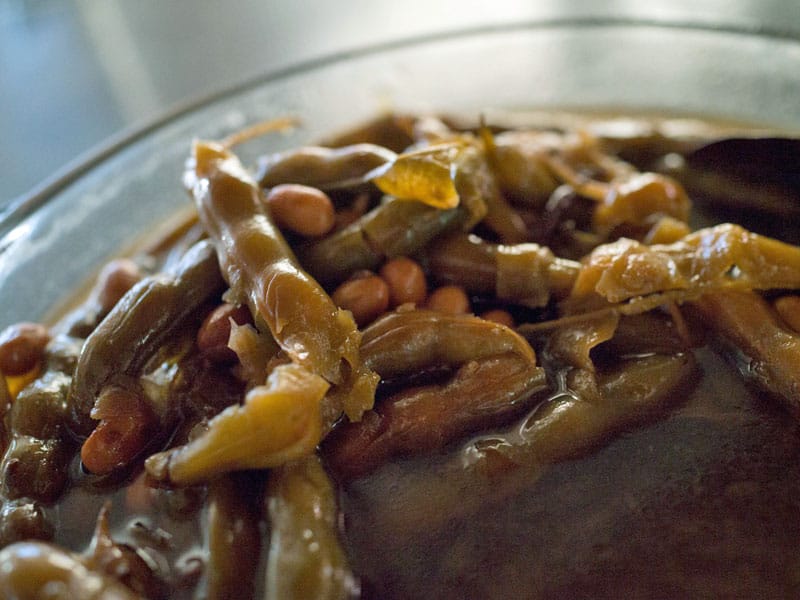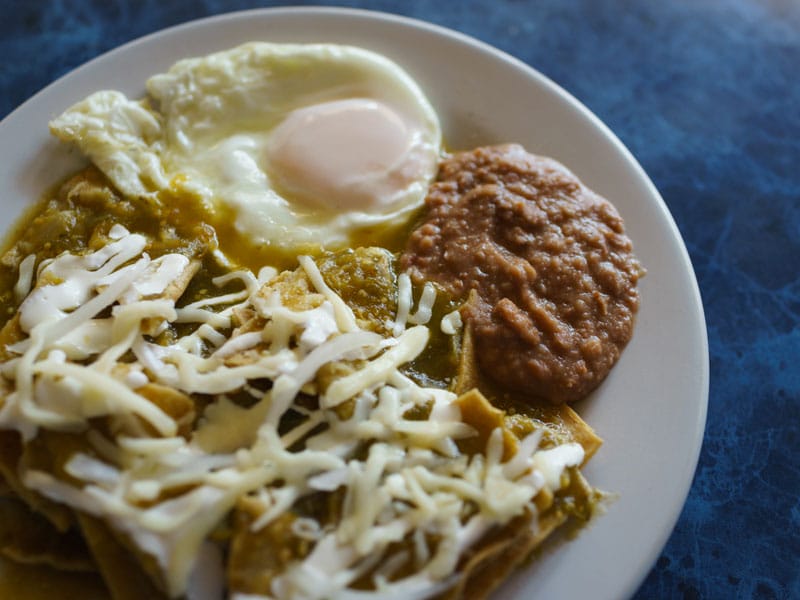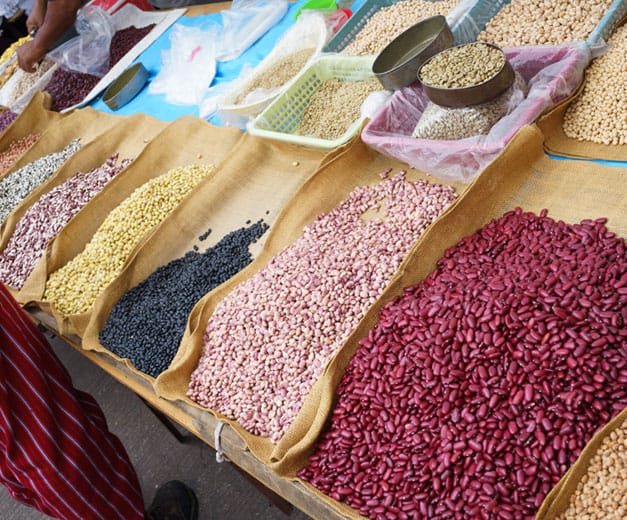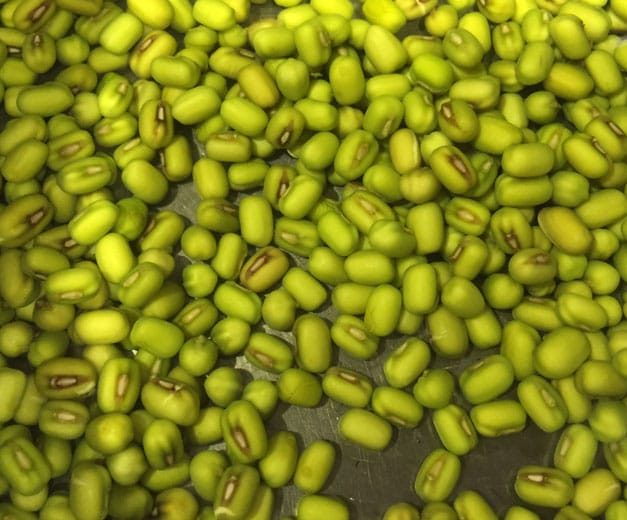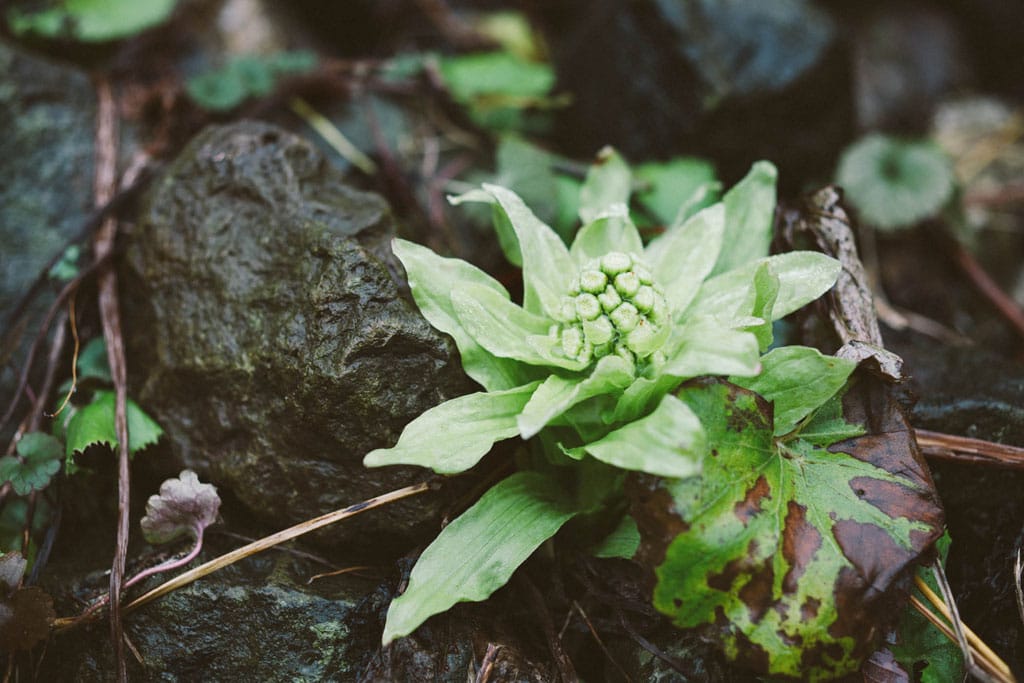In Mesoamerica, beans have been a pillar of culinary traditions – not to mention civilizations – from time immemorial. Pre-Columbian peoples depended on legumes as their primary source of protein, but they were more than mere sustenance. Beans (along with corn) were some of the most important crops for sale at the local markets because they could be used as currency. Their value was based on the physical appearance of the product (color and size). The Aztecs included beans in the list of tributes that their vassal states had to pay. Bernardino de Sahagún, a Spanish friar, documented the use of beans in the Aztec empire, noting that the native people ate tamales mixed with beans. Storing and administering these crops was critical in order to be prepared for times of shortage.
Evidence suggests that Mexico is the origin of the continent’s five most cultivated varieties: the common bean (P. vulgaris, which includes such cultivars as string beans, kidney beans, navy and pinto); tepary (P. acutifolius); Lima (P. lunatus); runner (P. coccineus); and cache (P. polyanthus). In Mesoamerica specifically, beans were grown using the agricultural system known as milpa. Complementary crops (maize, squash, beans, etc.) were cultivated together, creating large yields and providing a nutritionally complete harvest. Maize lacks the amino acids lysine and tryptophan, which the body needs to make proteins and niacin; beans are rich in those very amino acids.
Needless to say, in Mexico today beans are still an important part of the daily diet. The variety of beans found in any Mexico City market ranges from the basics (negro, tan bayo, purplish flor de mayo and flor de junio) to more unusual varieties, brought in from all over the country. Besides dried beans, sold in bulk out of sacks, there are also plenty of fresh beans, such as favas in season and pintos sold – and cooked – in the pod. La Central de Abasto, D.F.’s wholesale market, is the best spot to find all the kinds of beans that are sold in the city. (In the U.S., the best source for dried Mexican beans is Rancho Gordo.)
Some of our favorite beans for their flavor and versatility are ayocotes (runner beans), which range in color from bright white to mottled purple to lustrous to pearly black. Their texture can be creamy and potato-like or starchy, while their flavor tends to be delicate. We tried an amazing appetizer at Los Limosneros a few months ago that combined these with ant eggs in a pre-Hispanic one-two punch. Beans, especially refried beans, are also used in the preparation of some of our favorite street foods in Mexico, including tlacoyos, sopes and huaraches. All these centuries later, beans remain a culinary pillar in Mexico. A good meal is still not complete without a side of them.
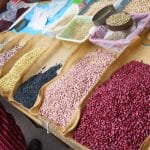 January 29, 2015 Bean Week
January 29, 2015 Bean Week
In Mesoamerica, beans have been a pillar of culinary traditions – not to mention […] Posted in Mexico City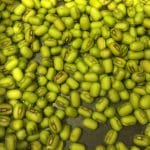 January 28, 2015 Bean Week
January 28, 2015 Bean Week
Slippery cellophane noodles, crunchy sprouts, wobbly jelly, starchy cake, sweet […] Posted in Beijing May 2, 2023 Spring Gone Wild
May 2, 2023 Spring Gone Wild
One of the great joys of spring in Japan is anticipating the appearance of sansai, or […] Posted in Tokyo
Published on February 03, 2023
Related stories
January 29, 2015
Mexico CityIn Mesoamerica, beans have been a pillar of culinary traditions – not to mention civilizations – from time immemorial. Pre-Columbian peoples depended on legumes as their primary source of protein, but they were more than mere sustenance. Beans (along with corn) were some of the most important crops for sale at the local markets because…
January 28, 2015
Beijing | By Lillian Chou
BeijingSlippery cellophane noodles, crunchy sprouts, wobbly jelly, starchy cake, sweet porridge, crispy crêpe, sour fermented drink, a lamb-oil splattered mash: these are just a few of the many forms that the humble, versatile mung bean can take. Diminutive, olive-colored mung beans (Vigna radiata) originated in India and entered the Chinese culinary canon thousands of years…
May 2, 2023
TokyoOne of the great joys of spring in Japan is anticipating the appearance of sansai, or mountain vegetables. When cherry blossoms begin to flutter on warming breezes, hikers take to the hills to forage for the first wild edibles. Supermarkets mount special displays of packaged (and unfortunately often hot-house-raised) young sprouted leaves, shoots and tubers.…







































